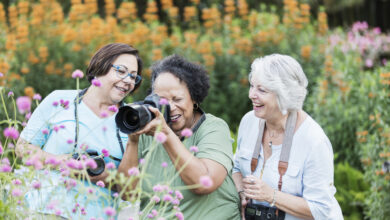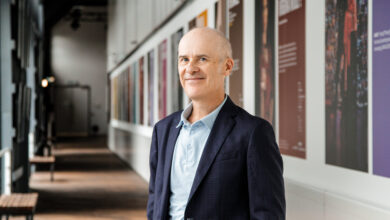Better housing conditions will save older Australians lives

More resilient housing for older Australians is needed, Adelaide researchers said, as they found homes are often inadequately suited to cope with extreme weather conditions which poses dangerous health risks for its residents.
Lead researcher Professor Veronica Soebarto's latest project, 'Improving thermal environment of housing of older Australians', involved monitoring over 300 older Australians across three climate zones.
They created the 'Thermal comfort at home' guide to inform older people, architects and designers on how to achieve a protective and healthy climate in their homes.
"We urgently need more resilient housing for older Australians if we want them to combat future extreme weather and climate changes," Soebarto said.
"People want to stay at home longer and we're also facing a rapidly ageing population.
"Thermal comfort is not just about how a person feels – it can also affect health and wellbeing."
Considering that people over 60 spend up to 80 per cent of their time inside, Soebarto said it's key to provide sturdy and weather-proofed homes so we can save lives.
Cold weather increases someone's risks of cardiovascular diseases, influenza, pneumonia, and arthritis, while hot weather can lead to heat strokes, lethargy and headaches.
Older Australians are particularly vulnerable to extreme weather conditions since their metabolic rate slows down, and they are less agile and active.
"Older people are more at risk to a range of physical and health-related issues and conditions around us, particularly heat and cold weather," Soebarto said.
Seventy per cent of Australia's climate consists of semi to arid deserts, where figures in winter can reach as low as minus 8 degrees and the average summer temperature ranges between 37 to 39 degrees.
Fatality rates during heatwaves have drastically increased for older people living in Australia, according to official records.
For those aged between 75 and 84, for example, mortality rates rose by 0.45 per 100,000 people. For people over 85, it increased by 0.83.
Nearly 500 Australians passed away due to heatwaves between 2000 and 2018, the data revealed. Of these fatalities, 224 were over 60 and occurred in houses built before 2006.
"We found that houses in [South] Australia tended to perform poorly – they would leak hot air in winter or become very hot in summer," Soebarto said.
"When these occupants are older and more fragile, they might struggle to open a window to get fresh air.
"We also measured that in some houses, temperatures came down to 9 degrees in winter, which is dangerous for their lungs and increases their risk of an infection."
Soebarto found that most existing government regulations for housing are related to accessibility and safety, like having locks on doors, but not to thermal environments.
In her guideline, she showed how people can stay warm during winters by installing space heating, and stay cool during summers by installing fans and easy-to-open windows.
"How a house is designed can play a significant role in ensuring it cools down during warmer months and retains the heat during cooler temperatures," she said.
"Well-designed houses can provide cost-effective solutions, which are more important than ever, considering the rising cost of electricity and gas."
Over one-third of Australians reported their house was either too cold or too hot, according to a 2019-20 ABS survey.
Particularly those from a lower socioeconomic status reported poorer housing conditions, where over 20 per cent reported having issues staying warm and/or cold during the seasons.
Soebarto is hopeful that her upcoming research will provide further information around social housing and those from a lower socioeconomic status, to help protect older people in the future.
"We have not adequately captured older Australians and other vulnerable groups that live in social housing, so luckily, we received the funding and can now explore this," she said.
"We hope this project will advance knowledge about the design and operation of more resilient and affordable housing that will improve health and wellbeing."
Email: [email protected]





